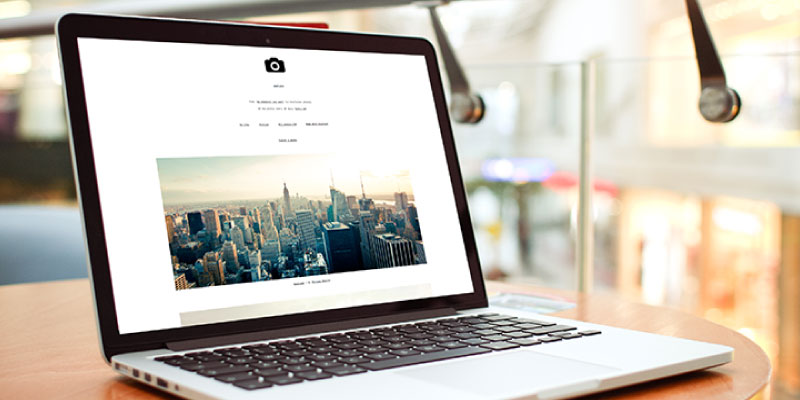- AI

Artificial Intelligence

Smart Products & Services
We follow Smart Products & Services

Intelligent Business Functions & Processes
We follow Intelligent Business Functions & Processes

Robotic Process Automation
We follow Robotic Process Automation

Personalized
healthcareWe follow Personalized healthcare

Identifying at-risk patients
We follow Identifying at-risk patients

Optimized routing and scheduling
We follow Optimized routing and scheduling
- ML

Machine Learning

Predictive
AnalyticsWe follow Predictive Analytics

Service Personalization
We follow Service Personalization

NLP
We follow NLP (Natural Language Processing)

Stock Market Forecasting
We follow Stock Market Forecasting

Fraud Prevention
We follow Fraud Prevention

Recommender engines
We follow Recommender engines
- blockchain
- IOT

Internet of Things
- AR
- Business Solutions

Business Solution

Business Performance Management
We follow Business Performance Management

Decision Making & Big Data Analytics
We follow Decision Making & Big Data Analytics

Enterprise Data Management
We follow Enterprise Data Management
- Apps

Apps

Native Apps
We follow Native Apps

Cross Platform Apps
We follow Cross Platform Apps

Web Apps
We follow Web Apps

Hybrid Apps
We follow Hybrid Apps

Cloud Native Apps
We follow Cloud Native Apps
- Lab

Do’s and Don’ts of Startup Website
For the beginner trying to figure out how to get started with a website, it is harrowing to even think about. Do you start with the layout or elements? Do you look into the development side first or the design side? Questions run amuck of your ideas and pin you down with the questions to sidetrack you instead of letting your creative juices flow.
So where do you go and what do you do? Do other people face the same problems? Let us explore some of these questions and understand the stages of developing a website on your own, for the most part. So let’s suppose you’re ready to give your idea a go in the world of business and need to start on your website for your customers to reach out.
In no particular order whatsoever:
Know and Define Your Goal, Purpose, and Benefit

State in clear and concise words what you are trying to accomplish.
Make sure your website is an easy read; keep it short and use simple words as to what products or services you provide, so customers can learn easily what to do here.
Websites are all the same when it comes to making the fatal error of being textbook without being enticing. A lot of websites inform the customer but do not invite them properly – so don’t just tell them what you do but what you can offer and what they can gain.
But when it comes to the website content itself, be comprehensive and as informative as you can. This is another benefit you can show the customers – that they are dealing with someone who knows their stuff.
Make them a suggestion on what to do on the homepage. For example, ‘check out our XYZ section’ or ‘take a quick tour’. This will give them a direction to go in. This psychological dichotomy is a good way to keep your customer engaged enough to show them around the place, so to speak.
Whether you use outside help or not, you must always get started on your own. Write your content yourself and know what you want included in it and how you want to sound. And then you may get someone to make it marketable to put on the website. So do your due diligence when you look for an affordable web designer.
Look to the Future and Plan Ahead

Go through websites that you like, and research. Decide whether you want your website hierarchy to have a general overview page to go to other pages or you want your homepage to have everything laid out right there. You might benefit from being hands-on with the Homepage, Contact, and About page.
Next, you must start working on owning your domain and finding a dependable host. WordPress is a good option if you want to customise the webpage yourself or set the scale for it. If you outgrow your platform then moving all your content will be a hassle. So before you look for any web design services, decide if you want to stay small for your niche or grow quickly for the masses.
Choose a designer that can diligently get the work done while keeping in mind your future needs. Do not hesitate to ask for references and samples if you must. The website sets the style of your business so you are even entitled to get a second opinion.
Browse around for layout options your website could use. Again, there’s no harm in picking a style that you admire from another website, as long as you don’t copy it.
Stay away from free themes and layouts. You’ll be surprised how obvious it becomes to spot them from their make, layout, overall polishing, etc. Spend a little money and get some proper work done by a web design company. Also, include a mobile-friendly element into it, to make it more accessible.
Research your SEO resources well and understand that this needs to be a technical endeavor as much as a creative one.
The Content

Now let’s get down to the crux of the matter – the content.
Firstly, put a face to the name of your company and website. Putting a photo of your founders adds a personal touch and makes you relatable. And on that note including a story of your journey or vision about the company makes for an interesting read. People love reading personal anecdotes on an otherwise no-nonsense forum.
To give the customer ease, include a way to get in touch with you like your business telephone numbers, email address, physical address, and social media links. It increases the likelihood of the customer contacting you if it was literally a click away.
Sometimes people don’t have access to their emails or social media accounts. So have a brief and relevant form waiting for them on the Contact Us page, so you can get back to them. This form may include an allocation for their name, phone number, email, city, and country, and the nature of the query or comment.
Keep the design simple and neat, and the text easy to read with good font size and style.
Include relevant and sociable yet professional images – no cheap stock photography. Make it your own if possible. Along with videos summarizing your business or video testimonials from customers to give new customers a better sense of the business. Also, include regular testimonials to always accompany the bottom of your main pages.
Conclusion
After the website is live, keep in mind that it’s not over yet. A business website has to keep evolving to keep up. Always have an aspect of SEO and mobile apps in mind.
Finally, make sure that you keep your customers’ wants, needs, and convenience in mind when wrapping up a project. Remember you’ve taken a great first step but don’t forget your customer along your way to success.
Also Read: Keeping On Top Of Things With The Cloud



















































Leave a Reply